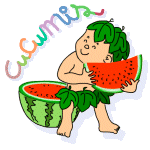
.
. |
Vertimas - Prancūzų-Anglų - Resumé de stage
Esamas statusas VertimasKategorija Mokslas
|
|
Validated by kafetzou - 12 balandis 2007 14:37
Paskutinės žinutės
|
 |
| ||||||||||||||||||||||||||||||||||||||||||||||||||||||||||||||||||||||
Vertimas - Prancūzų-Anglų - Resumé de stageEsamas statusas VertimasKategorija Mokslas
Validated by kafetzou - 12 balandis 2007 14:37 Paskutinės žinutės
| |||||||||||||||||||||||||||||||||||||||||||||||||||||||||||||||||||||||